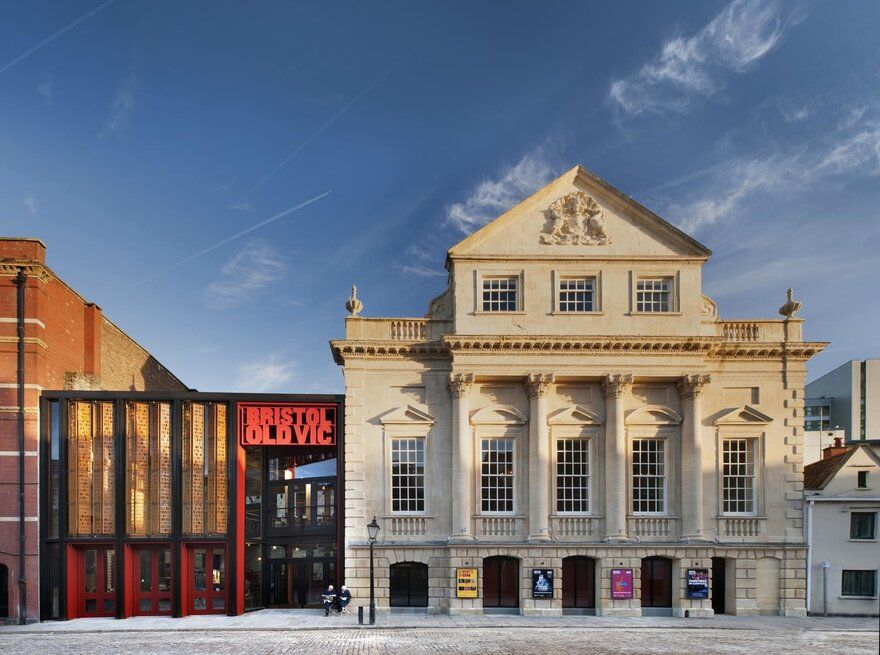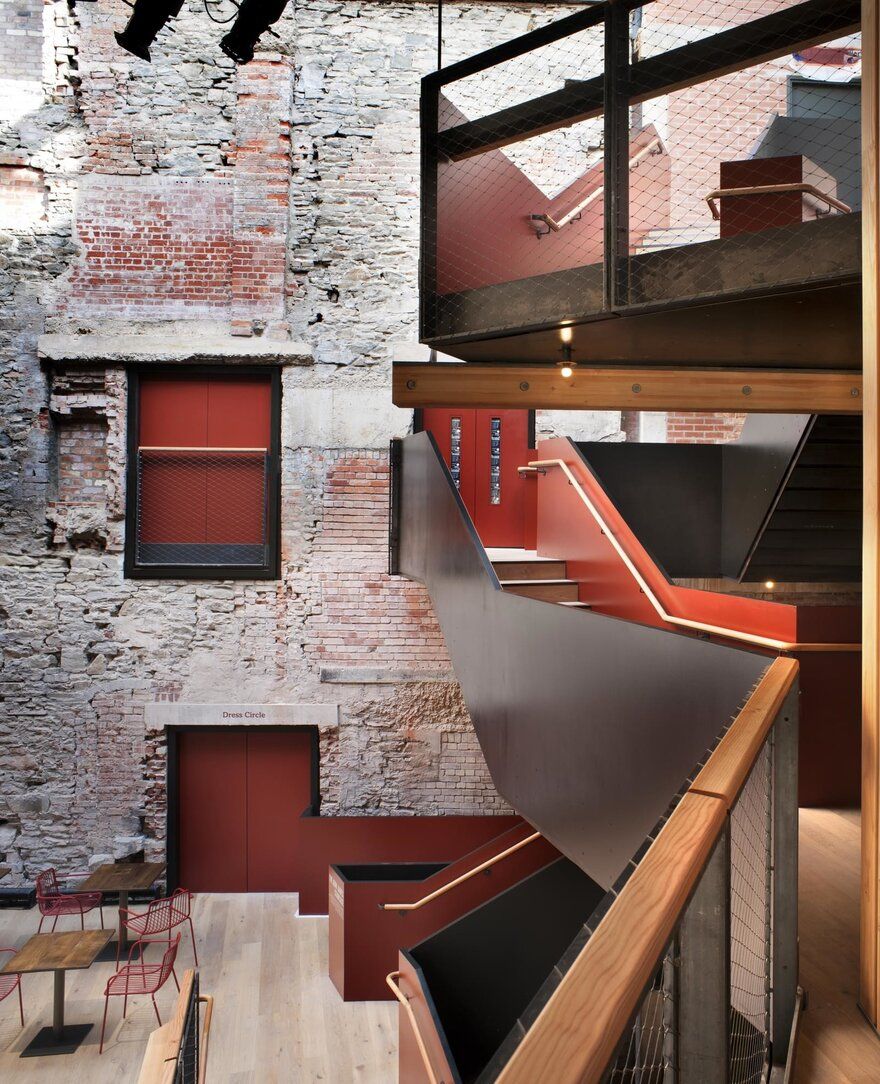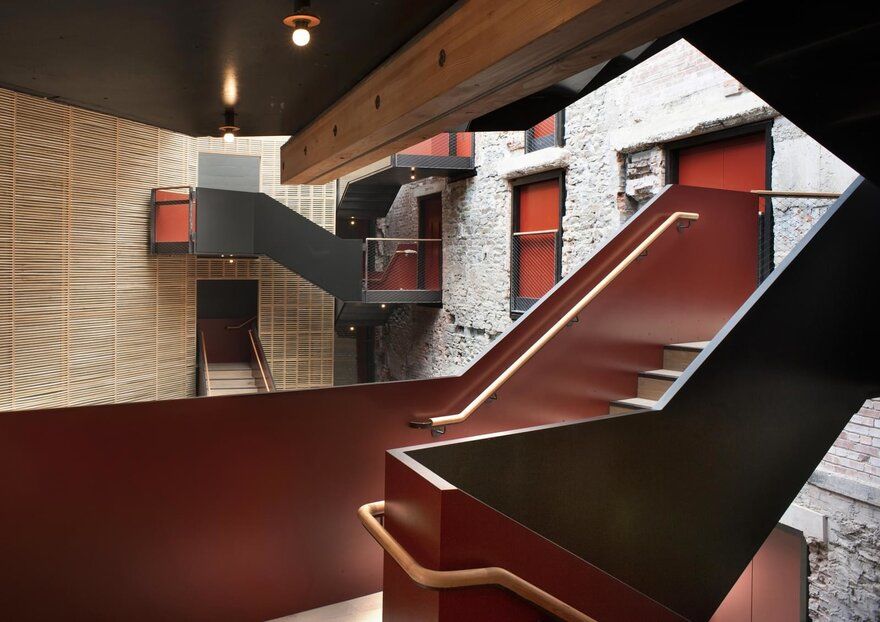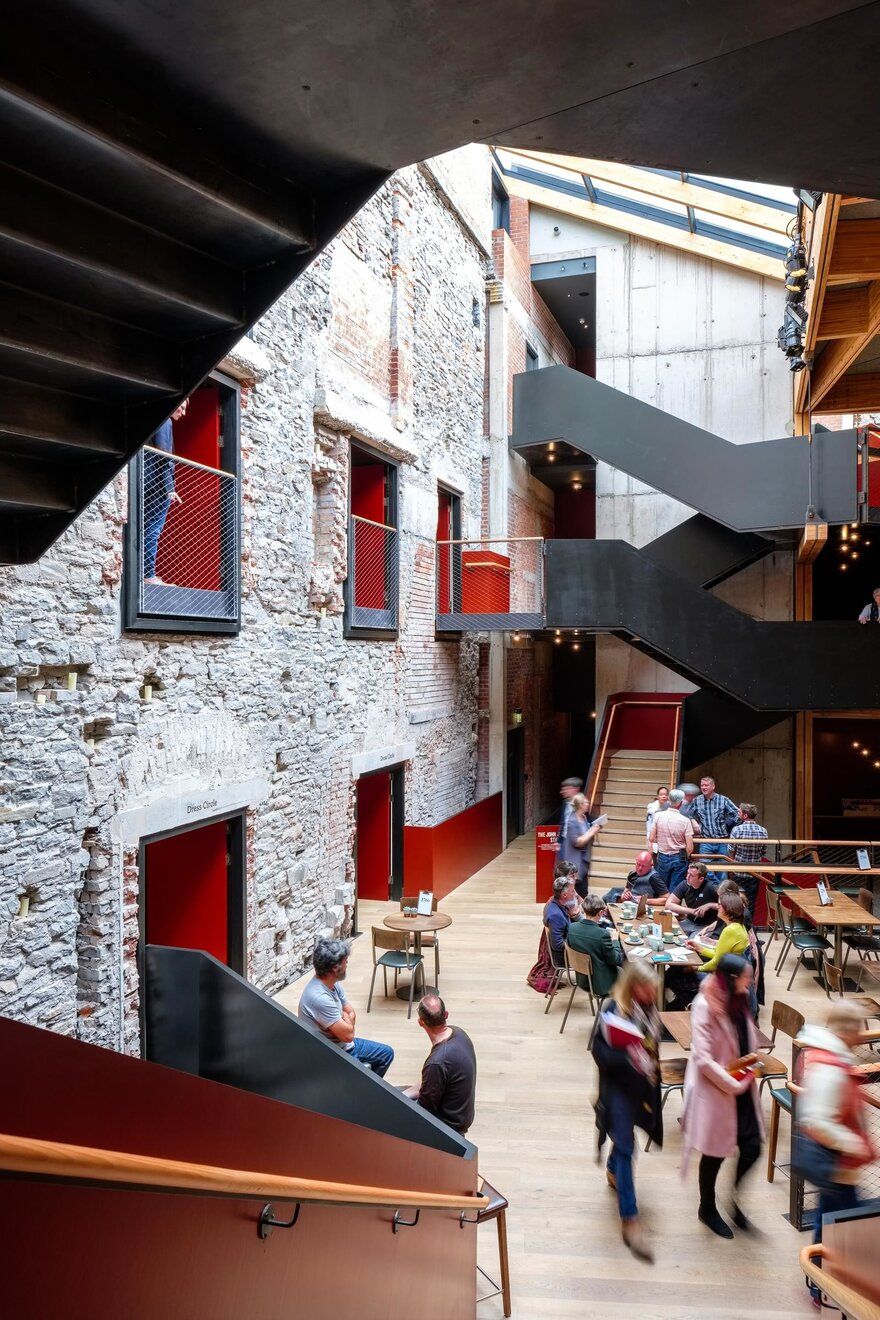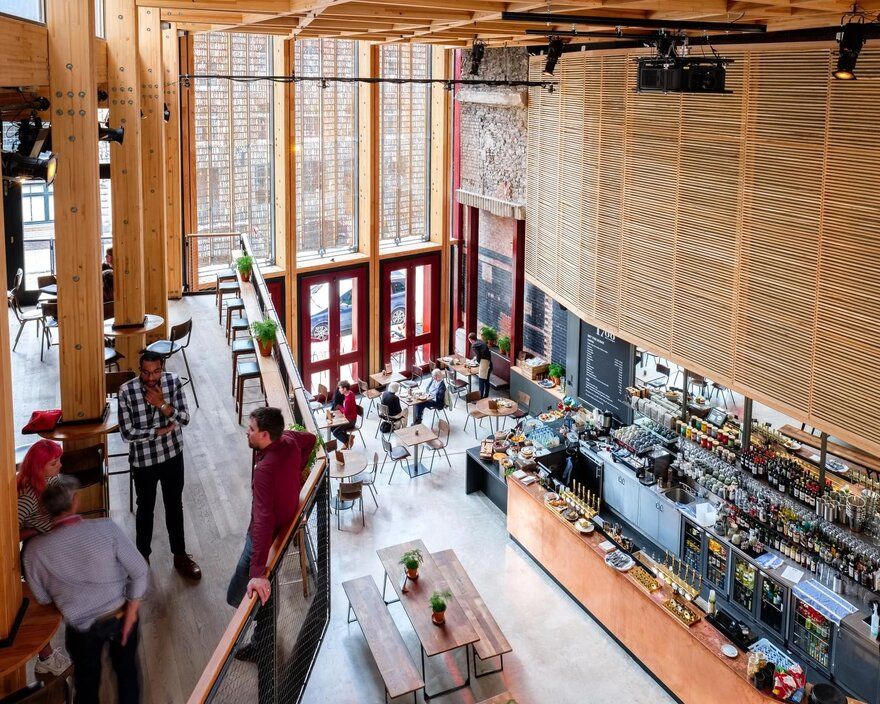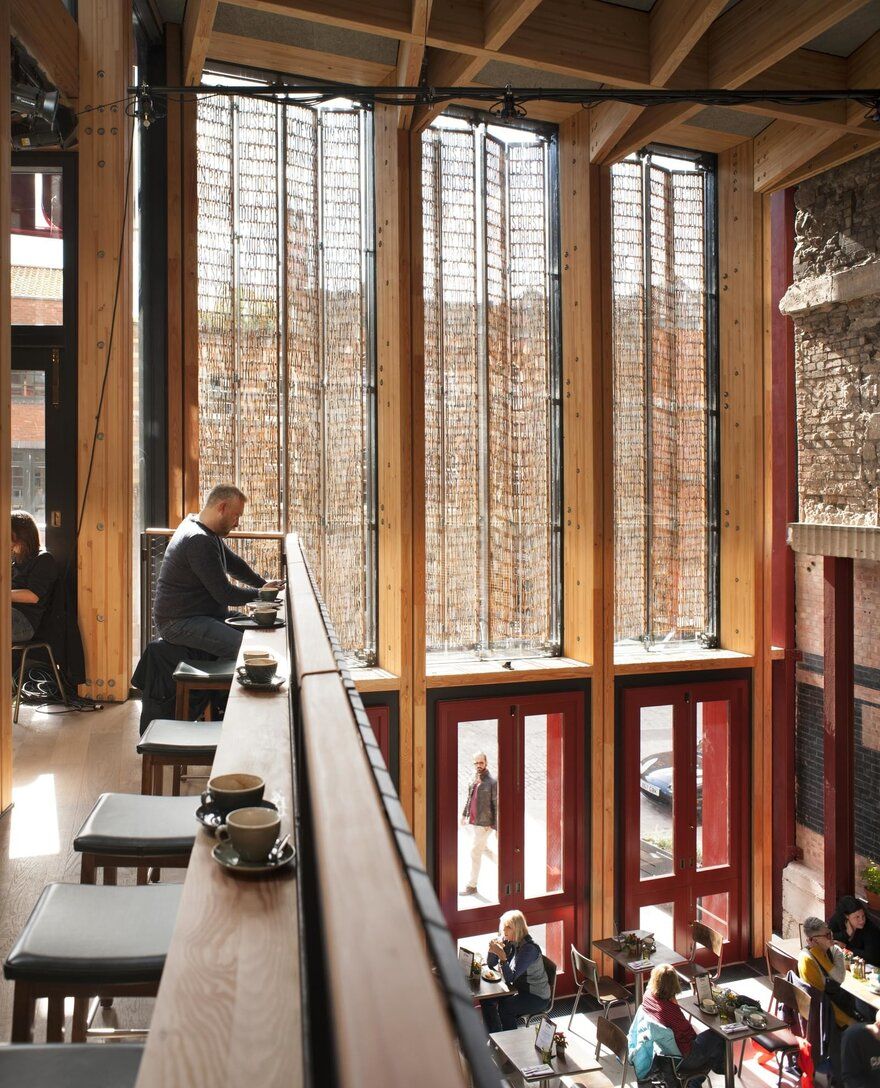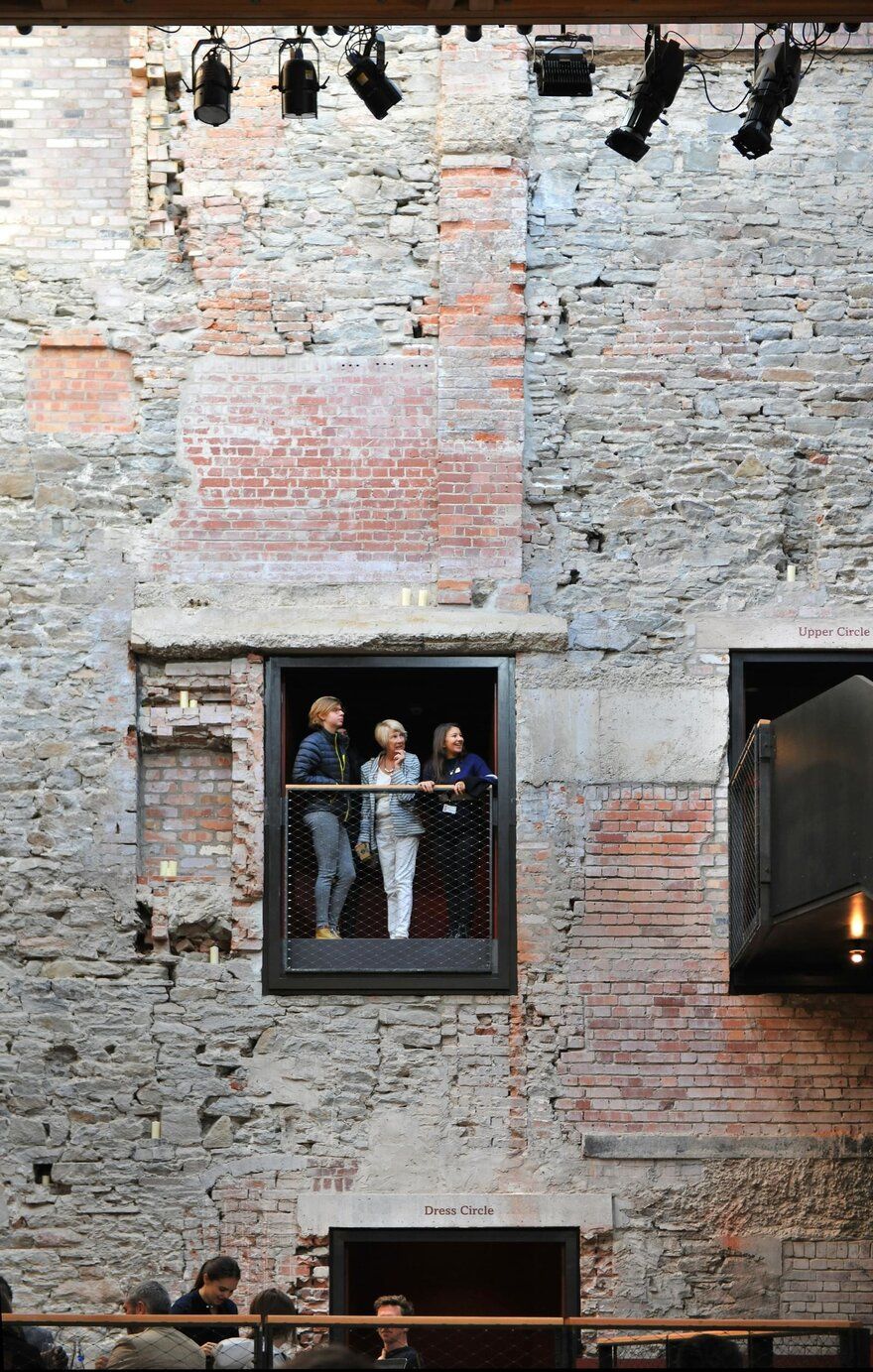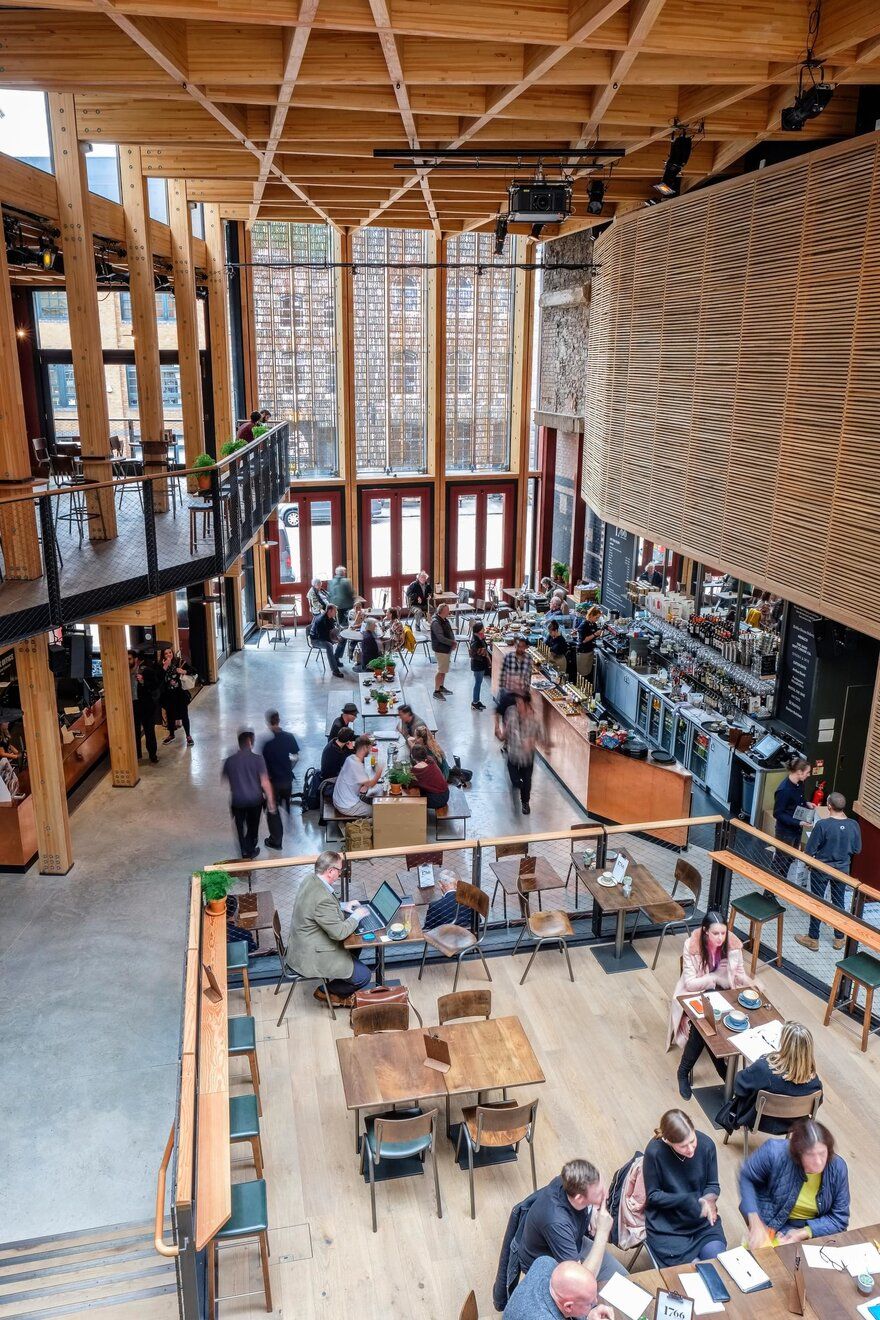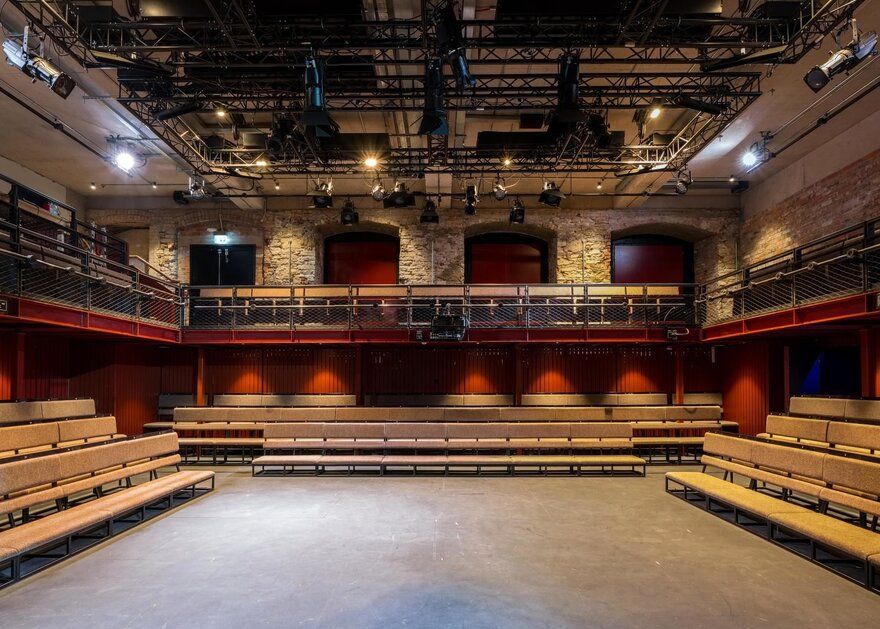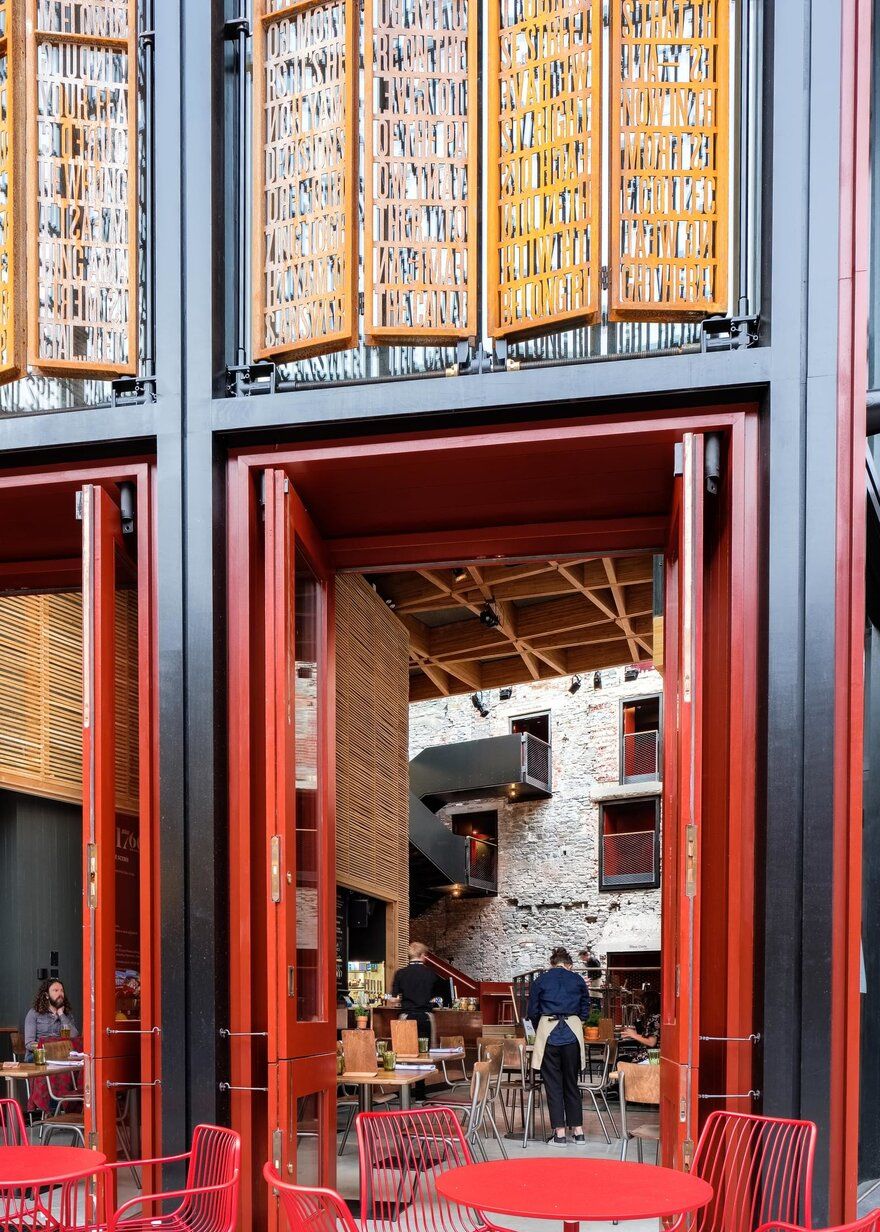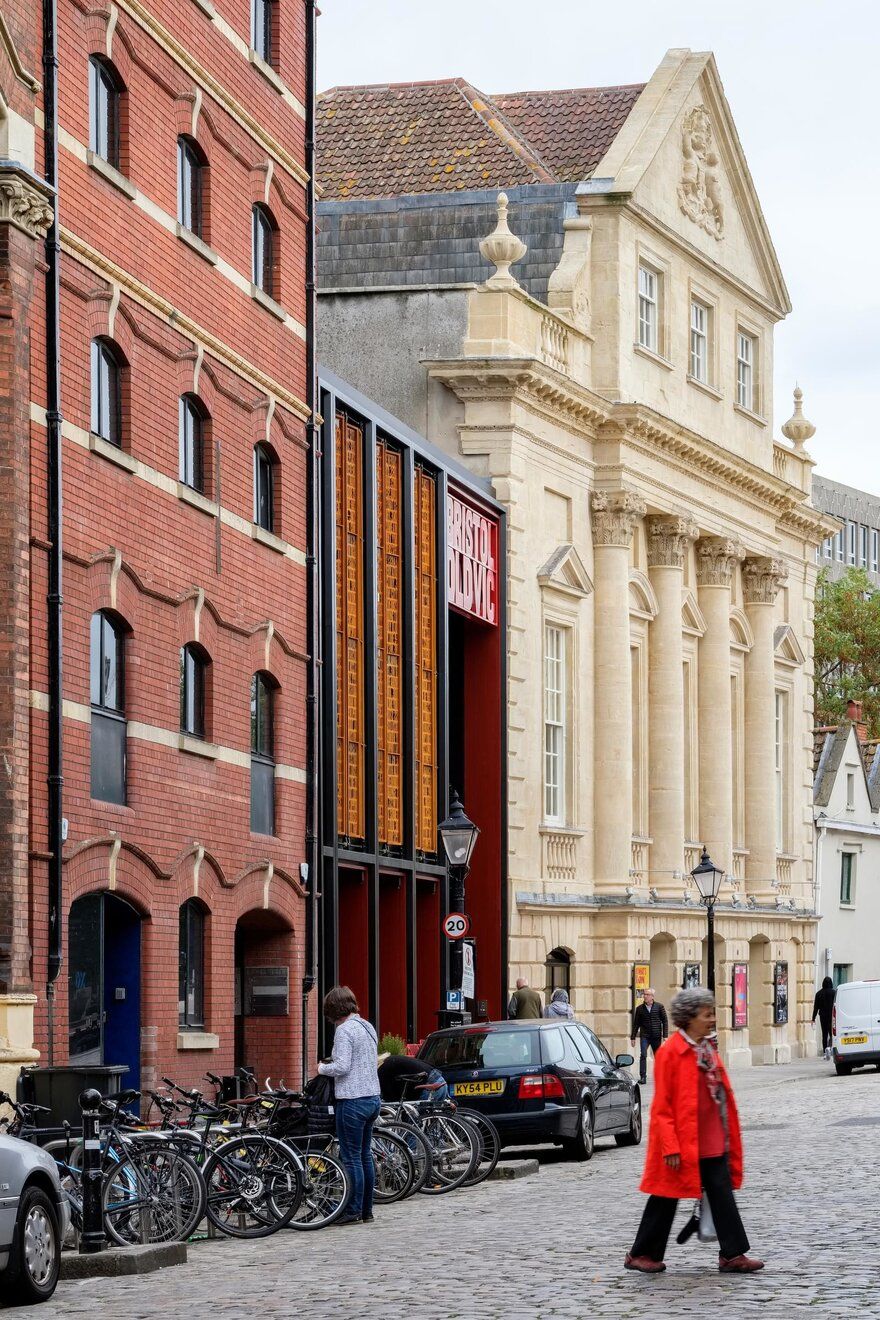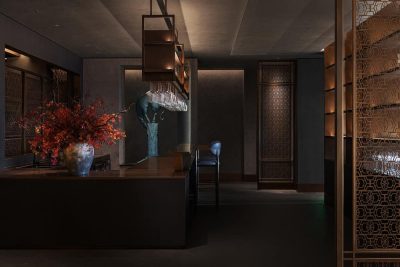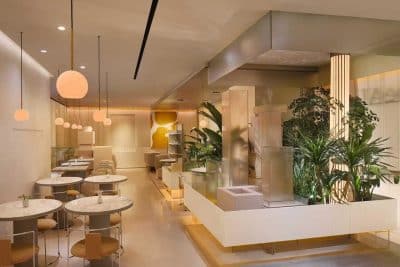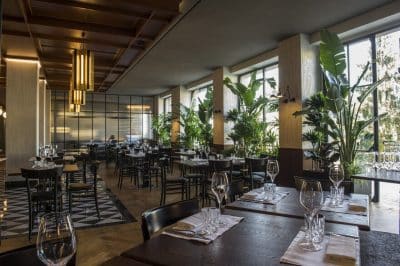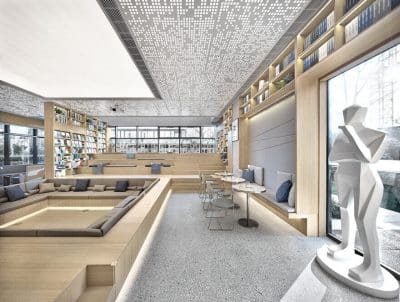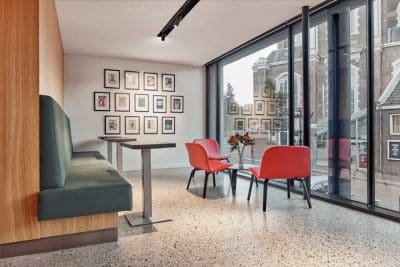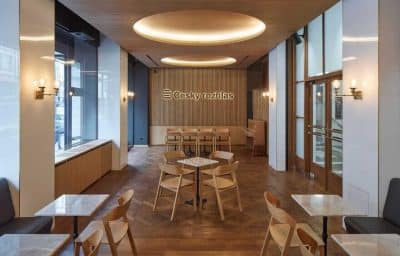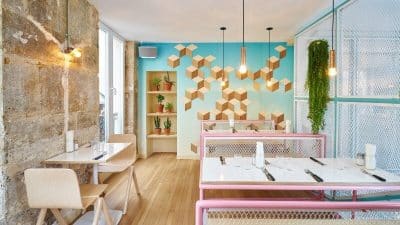Project: Bristol Old Vic
Architects: Haworth Tompkins
Lead Architects: Tom Gibson, Steve Tompkins, Roger Watts, Will Mesher
Location: King Street, Bristol, South West England
Area: 2135.0 m2
Year: 2018
Photographer: Philip Vile, Fred Howarth
2019 — Chicago Athenaeum, International Architecture Award: Bristol Old Vic
2019 — RIBA National Award
2019 — RICS South West Building Conservation Award
We have completed a radical new front of house space and studio theatre for the Grade I listed Bristol Old Vic, the oldest continuously working theatre in the English-speaking world. The result of five years careful research, consultation, design and construction, the project aims to open up the front of house areas to a wider, more diverse audience and to place the theatre at the heart of Bristol’s public life and public space.
The foyer is conceived as an informal extension of the street, as much a covered public square as a discrete building. The space is framed and covered by structural timber and glass to bring daylight deep into the room. The centrepiece of the space is the much-altered façade of the Georgian auditorium, visible from the street for the first time, illuminated by a large light well and punctured by new openings to overwrite the visible evidence of historic alterations.
Mezzanine galleries, winding timber staircases and viewing platforms allow the entire audience to move up, down and around a single, convivial space before and after each show, and the local community to enjoy the foyer throughout the day as a café, bar and meeting place.
The south facing street façade has been conceived as a public art work, consisting of moveable sunshading shutters, operated by hand and incorporating the text both of the inaugural address given by Garrick in 1766 and a poem by former Bristol City Poet Miles Chambers. The text highlights the importance of the theatre’s long history but also looks forward to its role in the current and future life of the whole community.
In addition to the main foyer, a new studio theatre occupies the former barrel store of the Coopers’ Hall at ground and basement levels, enlisting historic wall surfaces and allowing daylight from street level windows. The original Coopers’ Hall at first floor has been converted back to a grand public room overlooking the street, serving both as an extension of the foyer and as a self-contained function room. The scheme uses structural timber and timber linings for new elements including frame, roof, and external façade. The foyer and new studio are naturally ventilated via a large intake plenum and a pre-cooling labyrinth, with thermostatically controlled high level and low level opening windows. The moveable façade shutters are designed to optimise summer shading and winter solar heating. An exposed concrete floor and existing found masonry surfaces throughout the space contribute thermal mass, and brickwork from demolition operations was recycled and incorporated into new walls and masonry repairs.

